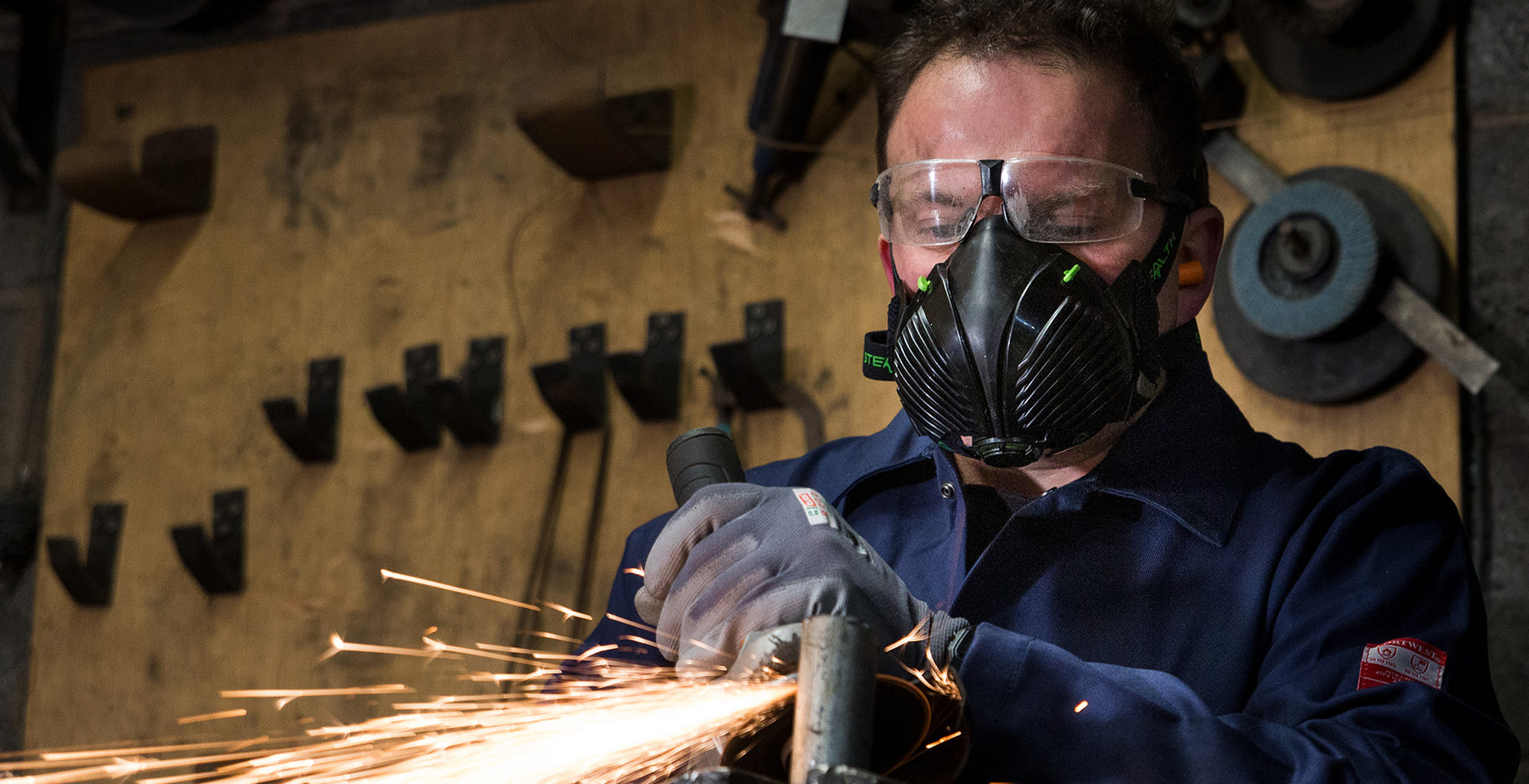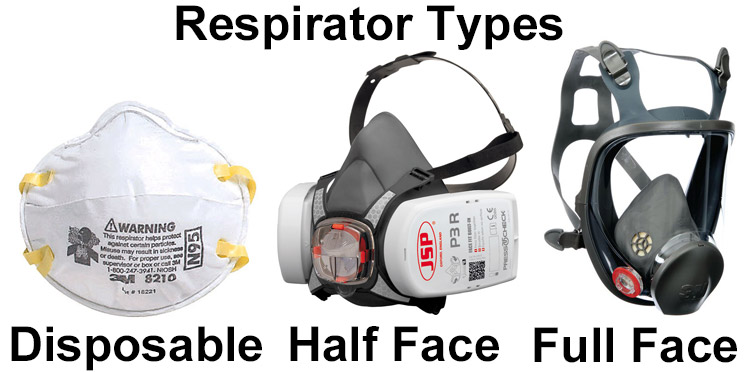When you spend over £70

Why a P3 rating is essential for your new respirator dust mask: updated for 2022
If you do any kind of work or travel that involves the potential inhaling particles of any kind, and I include cycling, woodworking, metalworking, agriculture, handling chemicals, working with resins or anything to do with building and construction, you’re always in the market for a really efficient, comfortable and reliable P3 rated respirator dust mask.
A dust mask is designed to provide protection from airborne particles present in the air in either solid, liquid, or gas form. These particulates get mixed up in the breathing air and enter your body when you breathe. These particles are capable of causing some serious damage to your health.

But when it comes to efficiency, safety and whether your new mask is actually going to protect you from the particles you come into contact with, you can make an informed choice before buying.
We think a P3 rating is essential for your new respirator dust mask, and here’s why.
Since Covid-19 the face mask market has exploded with a multitude of different styles, makes and ratings flooding the market. Seemingly available from every retailer out there, the choice has been really difficult. Your choice has been made even trickier because you never really know if what you’re buying is the correct type.
The list of attributes is endless and includes: respirators, valves, what rating? and many different types of filters and construction materials and that’s before you get into the realms of spurious claims about virus protection. It’s no wonder major online businesses like Facebook, Instagram and Google banned all advertising for Face Masks in an effort to protect their customers from the worst of these claims, but since the worst of the pandemic seems to be over, these restrictions have been relaxed, at least in the UK.
We’ll begin by going through the various mask types which are all to do with the amount of protection you’re going to get from various particle types:

Which respirator dust face mask is Right for you?
Depending on the environment you’re working in you’ll have to research the type of risk present to ascertain the correct dust mask. Whilst none of us are fans of risk assessments they are an essential element of protecting yourself, your colleagues, customers and the wider environment.
To know which type of dust mask is the right fit first you will need to know about the different types of masks available. Take a look at the most common types of masks available:
Respirator masks
Respirators, a generic term for a face mask that fits closely over the nose and mouth enabling you to breathe through a filter, are specifically designed to provide protection from harmful dust, pollution, vapors, fumes, gases and bacteria. Respirators can be further classified into two subsets disposable and reusable.

Disposable face masks
These are designed to be used for a limited amount of time and are usually those throw away surgical type masks you see used in hospitals and dental surgeries. They are specifically designed to be used once and thrown away and not to be used for any environments where harmful dust, vapors, fumes, gases and bacteria are apparent.

Reusable Respirators or Masks
Disposable respirators (masks with replaceable filters) bear the word ‘NIOSH’ and are printed with either N95, N99, N100, R95, R99, R100, P95, P99, P3 or P100. This helps in determining the level of protection they offer as N means not oil resistant, R means oil resistant, and P refers to oil proof. The numbers 95 denotes that the respirator will filter 95% of the particles present in the air. It can get confusing here because P3, the rating most used in the UK, means the mask filter stops particles as small as 0.3 of a micron which equates to filtering 99.99% of all particles.
Importantly, and particularly for a P3 mask, the fit of the mask is all important. These masks will have a soft rubber or silicone surround to the fitted part of the mask that should fit over your nose and mouth with no gaps.
And again, as if there weren’t enough classifications already, there are a number of EU classifications used for masks that you will find on face masks sold in the UK.
The three EU classifications are FFP1, FFP2 and FFP3.
* FFP1 gives the least protection. It’s useful in protecting against non-toxic particulates like brick dust, cement, limestone, sugar, pollen, coal dust, gypsum, plaster of Paris. This mask filters 80% of the fine particles present in the air.
* FFP2 gives moderate protection. Protecting the wearer from hazardous mists, fumes, lead dust and fume, softwood dust, granite dust, brake dust and hay and effectively filters 94% of the particles.
* FFP3 dust and face masks provide the highest levels of protection that any disposable mask can give. The wearer is protected from fine toxic particulates like asbestos, bacteria, viruses, and radioactive dust and 99% of the particles get filtered.
It’s important to note that FFP3 equates to P3, the most protective dust face mask you can buy. A P3 or FFP3 classification offers 99.99% protection from hazardous workplace particle contamination.
You’ll also have to consider comfort and reliability. These are the two attributes you can’t really do anything about until you try some on.
Choose a mask that fits comfortably over your nose and mouth, make sure it has a P3 or FFP3 rating or classification, and buy from somewhere that gives customer ratings
